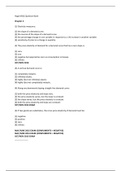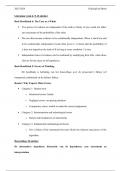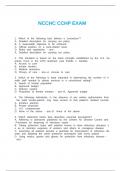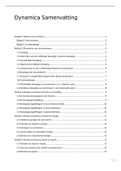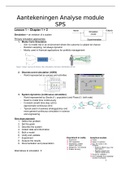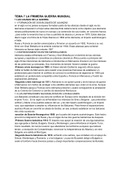Exam (elaborations)
ECS2601 Exam Questions
- Course
- Institution
These are Exam questions and solutions as well as those that were found in assignments, study guides and practice questions. When you work through these together with explanations in your study guide, you will gain an excellent understanding of concepts, theories and graphs which will allow you to ...
[Show more]
